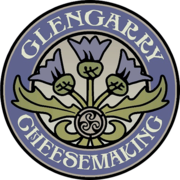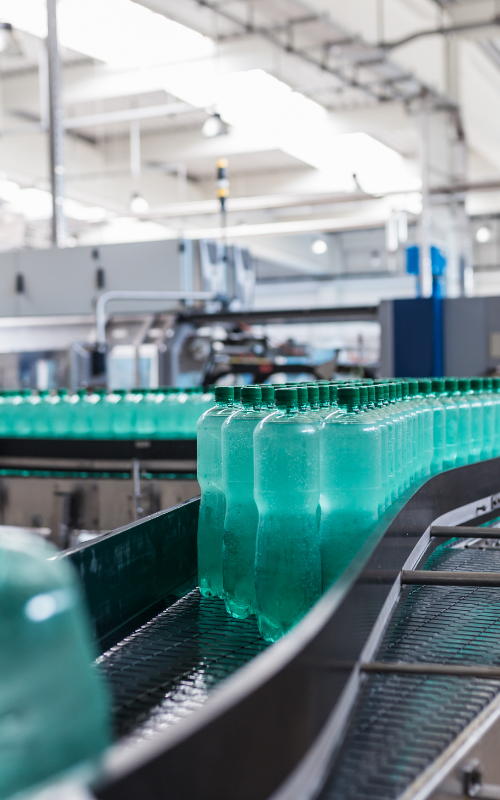Member States are asked to use only those measures for cover which may be primarily based on scientific rules, solely to the extent needed, and not in a fashion which can constitute a disguised restriction on international trade. The Agreement encourages use of international standards, pointers or recommendations the place they exist, and identifies those from Codex , to be in preserving with provisions of SPS. Thus, the Codex standards serve as a benchmark for comparison of nationwide sanitary and phytosanitary measures.
Official meals controls – Governmental authorities inside the federal states are answerable for implementing EU meals regulation requirements via risk-oriented critiques, focused sample assortment and common inspections. In the a long time following World War II, electrical refrigerators entered middle class properties across Europe and North America, altering the way in which that everyday folks purchased and saved meals. The period of residence refrigeration sparked the fast expansion of business meals production, as well as a growing want for stricter food laws. It was on this changing meals landscape that Mars Incorporated grew to become the primary major food manufacturer to install steel detectors of their amenities in 1947. IFS Food 6.1 – The IFS Food Standard is a part of the Global Food Safety Initiative and is a global standard for performing audits of meals manufacturing processes. Their compliance audits concern both the manufacturing unit ground and administrative duties, with rules on topics ranging from the set up of meals defence and inspection gear to thorough bookkeeping.
Misuse Of Food Additives
While it isn't obligatory for Member https://webhitlist.com/profiles/blogs/haccp-certification-what-is-the-haccp-standard-haccp-training-1 States to use Codex Standards, it's in their finest pursuits to harmonize their national meals requirements with these elaborated by Codex. The shift from reactive to proactive meals safety principles began when HACCP was born in 1959. With Pillsbury leading the way, this method of hazard evaluation and control was adopted by a number of leading food producers in the United States. In this systematic review of literature, eleven of the full-text articles reported that misuse of meals additives within the meals market endangers public health . Most meals is now produced by massive farms, processed industrially, and offered in supermarkets and multinational meals shops. Food safety is a vital issue that impacts all of the world’s folks.
The overwhelming majority, seventy four of 81 (91%) of the included full-text articles are analysis articles; 2 (3%) are brief communications; 2 (3%) are regulatory papers, 1 (1%) is area inspection; 1 (1%) is research notice; and the opposite 1 (1%) is thesis. Of the included full-text articles, 30 of eighty one (37%) are carried out in Asia; 4 of eighty one (5%) are conducted in multiple countries in the same area or throughout regions; and 1of 81 (1%) just isn't region specific (Fig. 2). The safest way to thaw or marinate meat, poultry, and seafood is in the fridge. When cooked meals cool to room temperature, microbes begin to proliferate. To be on the safe side, eat cooked foods simply as soon as they arrive off the heat. The US meals system is regulated by numerous federal, state and native officials.

Food Processing
Each 12 months, one in ten individuals will undergo from foodborne sickness or harm. An estimated 420,000 individuals die yearly as a end result of consuming contaminated meals and greater than 1 / 4 of those victims are small children. It’s key that food security plans forestall conditions that favor the establishment and progress of biofilm. The Ministry of Economic Affairs is accountable, among other issues, for rules on hygiene and meat inspections in slaughterhouses, and on meat storage. It additionally lays down rules on livestock farming, including animal health and welfare, and the quality and security of animal feed. Tasks develop at this laboratory will establish novel approaches to assess and handle the chemical and biological hazards present in products of animal origin.

